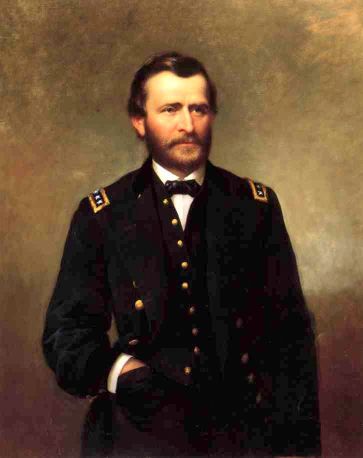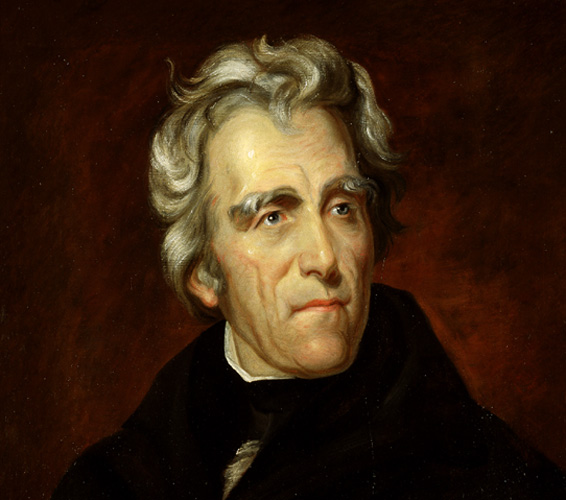 During his historic visit to the People’s Republic of China in 1972, President Richard Nixon was honored with a sumptuous, eight-course banquet in the Great Hall of the People. Among the many traditional Chinese dishes that Nixon and his wife Patricia feasted upon were Sichuan Bamboo Shoots, Peking Duck, and Dark Stewed Prawns.
During his historic visit to the People’s Republic of China in 1972, President Richard Nixon was honored with a sumptuous, eight-course banquet in the Great Hall of the People. Among the many traditional Chinese dishes that Nixon and his wife Patricia feasted upon were Sichuan Bamboo Shoots, Peking Duck, and Dark Stewed Prawns. Shark’s Fin Soup was another delicacy featured on the menu. A popular item of Chinese cuisine since the Ming Dynasty, Shark Fin Soup is often served at special occasions such as weddings and banquets. As a luxury item, it's considered a symbol of wealth and prestige in Chinese culture. But, because shark finning is required to make it, the practice of serving it has become highly controversial.
Shark finning is the inhumane practice of hacking off the shark’s fins and throwing its still living body back into the sea. The sharks either starve to death, are eaten alive by other fish, or drown (if they are not in constant movement their gills cannot extract oxygen from the water). Shark finning is called brutal and cruel because the fins are typically removed from sharks while they’re alive and then they’re thrown back into the ocean and left to drown.
According to another source:
China has banned shark-fin soup from official government banquets and receptions, according to a report from the state-run Xinhua news agency, part of a crackdown on political extravagance that also covers bird's-nest soup and other wild-animal products. The Communist Party of China's announcement doesn't focus on the practice of shark finning, which kills an estimated 100 million sharks worldwide every year, and is framed more as an effort to limit the cost of publicly funded state banquets. Demand for fins has taken a global toll on sharks in recent decades, with some populations shrinking more than 90 percent in the last 20 years.
Sharks have existed for 450 million years — compared with just 200,000 years of modern humans — but they reproduce slowly, making it hard to recover from large-scale finning. All 14 species most often caught for fins are now at risk of extinction…along with 127 other species also listed as threatened or near-threatened. Animal rights activists have called shark finning brutal and name it as a "primary contributing factor in the global decline of many shark species.”






